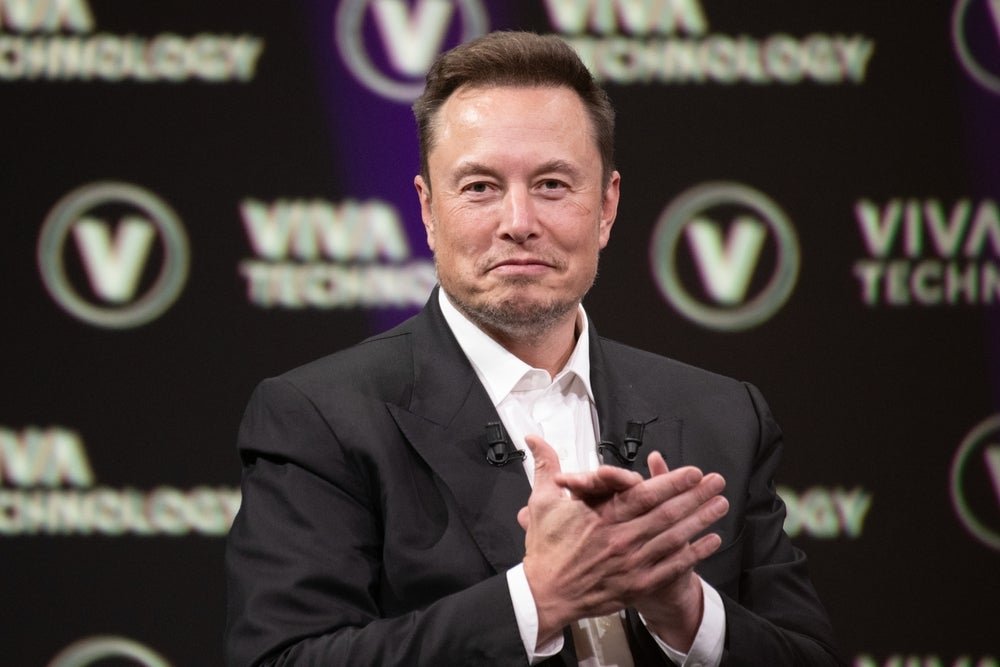The story of Tesla Inc.’s brush with bankruptcy in 2013 and its subsequent rescue efforts by Elon Musk is detailed in Ashlee Vance’s biography, “Elon Musk: Tesla, SpaceX, and the Quest for a Fantastic Future.” This critical period in Tesla’s history showcased the challenges the company faced and the strategic decisions made by Musk to save the company and propel it to success.
During this time, Tesla, known for its innovative electric vehicles, encountered significant production issues. The company’s cars were plagued with bugs, and sales were plummeting. While Tesla’s Model S electric car, introduced in 2012, boasted luxury features, it lacked basic functionalities such as parking sensors and radar-assisted cruise control that were expected in its price range. Additionally, the vehicle had aesthetic flaws and issues with door handles, which damaged its reputation further.
One of the challenges Tesla faced during this period was a lack of transparency among its executives, leaving Musk uninformed about the severity of the situation. However, once he realized the extent of the issues, Musk took decisive action. He fired senior executives, promoted more eager junior staff, and brought in Jerome Guile from Daimler to improve Tesla’s repair centers. Musk also redirected staff from various departments to focus on selling cars, emphasizing the urgency of converting preorders into purchases to prevent the company’s failure.
With Tesla’s financial situation reaching a critical point and having only two weeks of operating cash left, Musk sought assistance from Larry Page, the co-founder of Google and his friend at the time. Musk proposed that Google purchase Tesla for $6 billion, with an additional $5 billion for factory expansions. The conditions included Google not dismantling the company and Musk retaining leadership for eight years or until the production of a third-generation car. According to the biography, Page verbally agreed to the deal.
However, as negotiations with Google were underway, Tesla’s circumstances began to improve drastically. A surge in car sales and the resumption of production led to Tesla posting its first quarterly profit of $11 million. This financial turnaround, along with a significant increase in share price, allowed Tesla to repay its loans and avoid bankruptcy. Consequently, Musk ended the discussions with Google, and Tesla has since continued to grow, expanding into markets in Europe, the UK, and Australia. Musk “no longer needed a savior,” as Vance wrote in the biography.
While Tesla narrowly escaped being acquired by Google, the tech giant continued to pursue its automotive ambitions. Google shifted its focus to autonomous driving and robotics technologies, eventually developing Waymo, a distinct entity under the Alphabet Inc. umbrella.
The account of Tesla’s near-acquisition by Google, as narrated in Vance’s biography, showcases the unpredictable nature of the tech and automotive industries. It also highlights the strategic decisions made by Musk that have shaped Tesla’s path to becoming a key player in the field. The story serves as a testament to Musk’s resilience and determination to save Tesla and fulfill his vision for a sustainable future.





